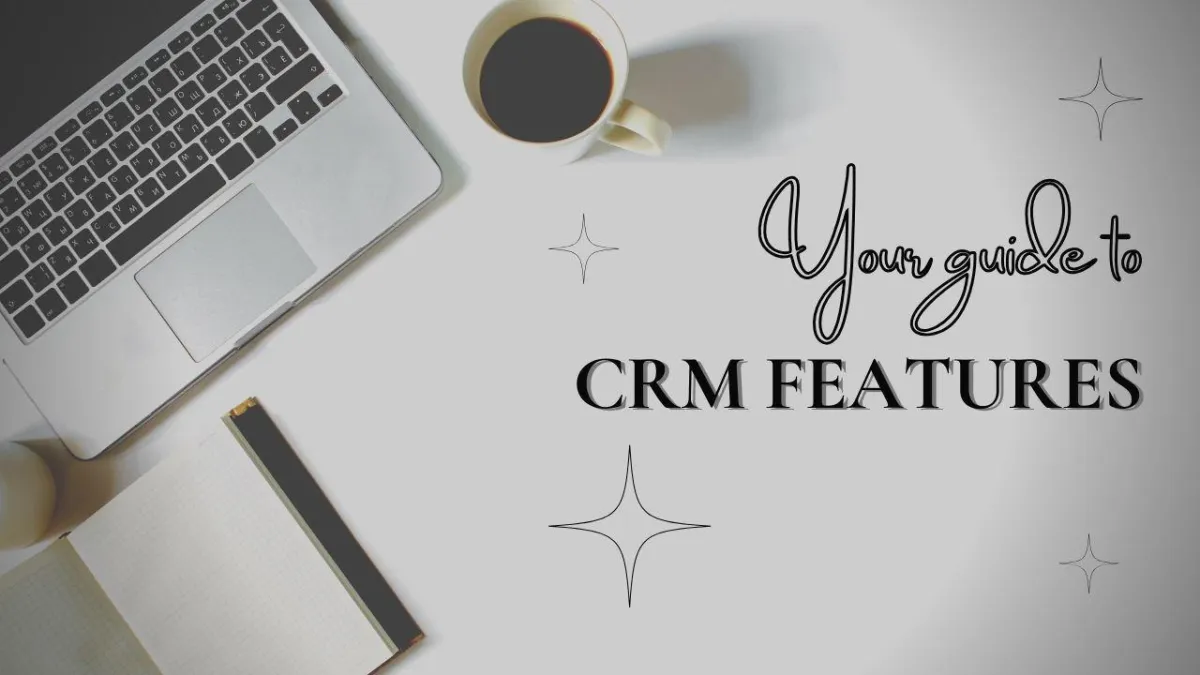GTR Blog

Your Guide to CRM Features
CRM systems offer a wealth of advantages with their extensive features. Let's explore some essential CRM functionalities, including Pipelines, Tags, Calendars, and Landing Pages.
What is a Pipeline?
Each business has a unique set of steps to transform a potential lead into a valuable client. These steps can include phone calls, website opt-ins, and other interactions. A pipeline is a framework within your CRM that allows you to categorize and manage all your business contacts efficiently. These pipelines encompass distinct categories, each serving a specific purpose:
Leads: This category represents the journey a prospective client undergoes as they transition towards becoming a customer.
Active Client: An active client is someone currently engaged with your business.
Past Client: These are individuals who were once active clients.
Lost Lead: Contacts who previously expressed interest in your business but, for various reasons, did not progress further.
It's important to note that contacts within these pipelines can move fluidly between categories. Just because a contact resides in the "Lost Lead" category doesn't mean they are forever lost; they may re-engage and become clients in the future.
What are Tags?
Tags are a feature that offers a granular approach to categorizing contacts within each pipeline. These tags empower you to refine and optimize your communication strategies for various contact categories. Here are some examples of how you can leverage tags to tailor your communication within different pipeline categories:
Leads: Employ tags to send timely reminders and refreshers as leads progress through distinct stages, ensuring they successfully reach the ultimate goal of becoming a client.
Active Contacts: For clients actively utilizing a specific service, you can employ tags to send targeted emails, introducing them to other services that align with their client journey.
Past Clients: Utilize tags to send tailored reminders or renewal offers related to the services they previously enjoyed, while also providing information about additional available services.
Lost Leads: Leverage tags to re-engage with contacts to understand their reasons for disengagement, offer assistance, and schedule follow-ups as required.
How can I integrate my calendar into my CRM?
There are a couple of ways to achieve calendar integration. One option is to write custom code to bridge the gap between Calendly (one of the most commonly used calendar tools) and your CRM, but that can be complex. The more user-friendly approach is to use a CRM that enables clients to schedule one-on-one appointments. The magic happens when someone schedules a meeting with you—this action automatically adds them as a contact in your CRM.
In addition, you can set up reminders for scheduled meetings, like one week before or one day before the meeting. You can also configure automated follow-up emails. For example, an hour after your meeting, you can send a thank-you email summarizing the discussion and offering links to explore your services in more detail. This ongoing communication keeps leads engaged and nurtures them through the sales process.
Moreover, you can create multiple calendar integration points for various purposes. You can assign tags to contacts based on their interests and kick off tailored email sequences accordingly. In essence, your CRM becomes a powerful tool for managing workflows and automation, making it work for you around the clock.
How do I create a landing page on my CRM?
One way of adding new contacts to your CRM can be creating a landing page with an email form. This page can be used through various channels, such as networking events, shared links, or social media ads. When visitors land on this designated page, they're presented with relevant information about your business or offerings. They are prompted to complete a form with their details. Once they submit the form, the contact information is automatically captured and added to your CRM.
Setting up a landing page need not be complex or technical. Some CRMs allow you to create landing pages that seamlessly integrate with your website's branding. Even if you need more technical skills or are unsure about altering your main website, there's a solution.
If your website domain is "abc.com," you can set up a subdomain like "go.abc.com" specifically for the landing page. This subdomain can maintain a consistent look and feel with your main website, including color schemes and logo. Importantly, it doesn't require you to delve into the technical aspects of your website. Additionally, when you send out emails, ensure that the links provided have the same domain as the landing page, enhancing brand recognition.
What makes this process even more powerful is the ability to automate it. Contacts can be tagged based on their interactions and sorted into specific pipelines. For instance, contacts referred by other businesses can be placed in a "business referrals" pipeline. You can then send tailored emails, such as an introductory email about your business. These seamless workflows and automation turn your CRM from a mere tool into a comprehensive system that works for you efficiently.
A quick review
Integrating pipelines and tags skillfully simplifies communication and elevates client engagement. For added CRM efficiency, consider implementing automation triggers linked to key pipeline events, ensuring a smooth and effective CRM management process.
Utilizing calendar integration within your CRM optimizes business operations and promotes seamless communication with leads and clients, ultimately enhancing efficiency and success.
Harnessing the power of CRM Landing Pages streamlines contact management leads and fosters essential business relationships.
